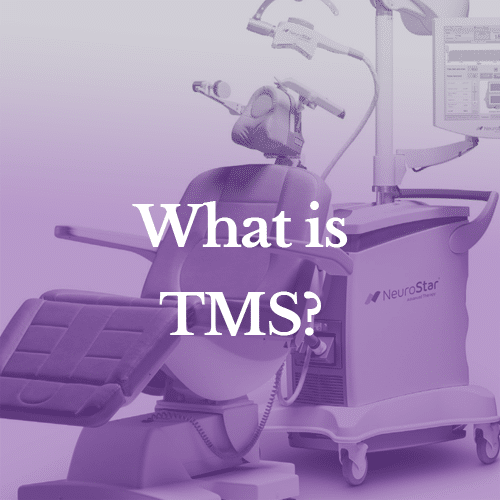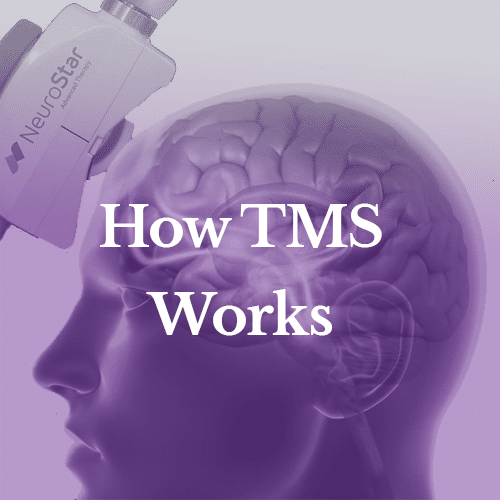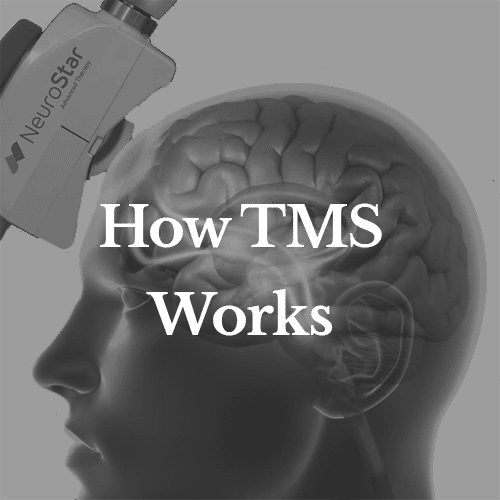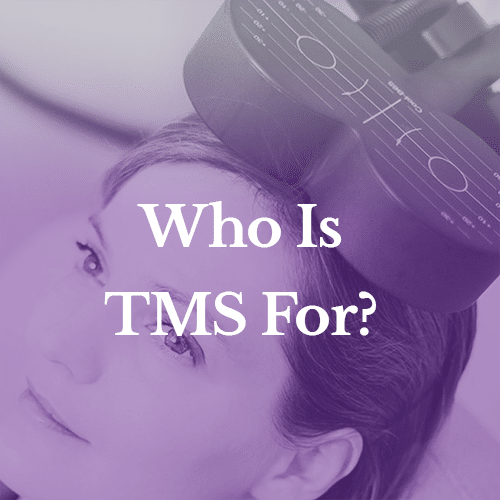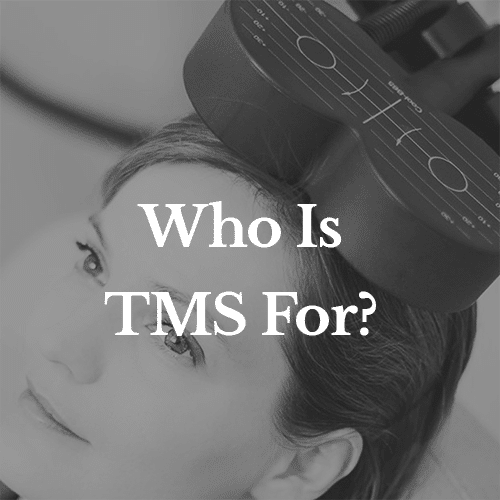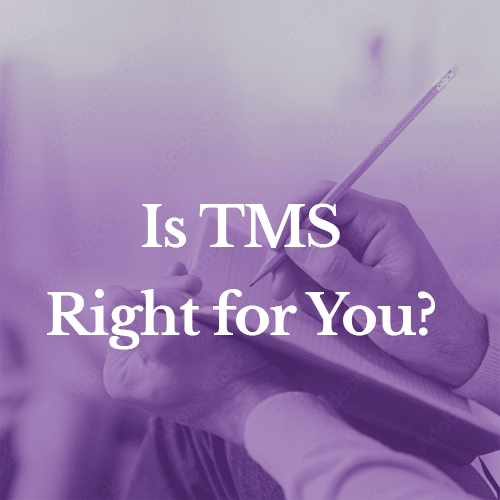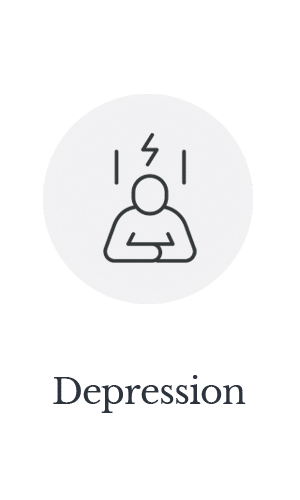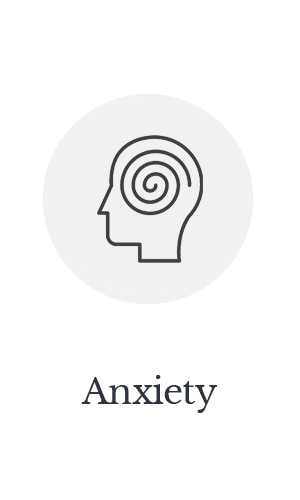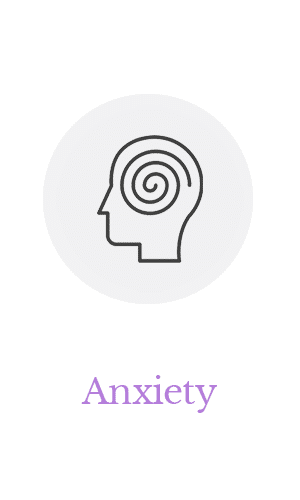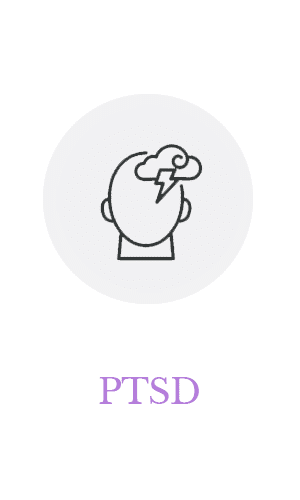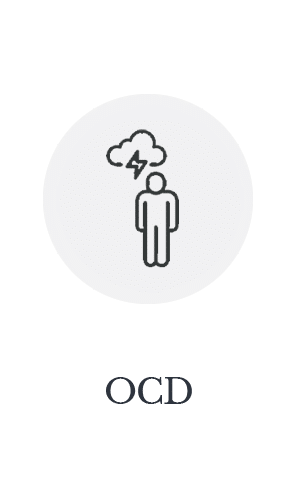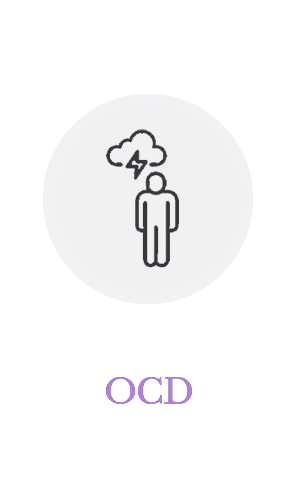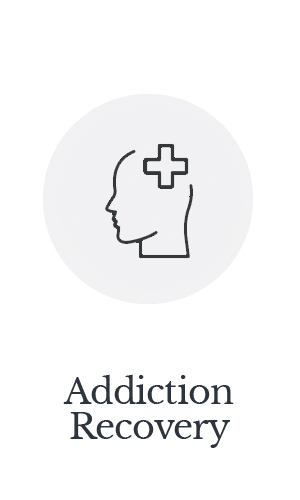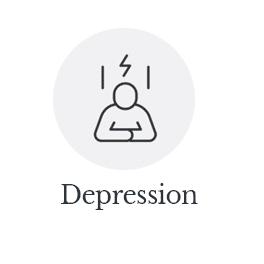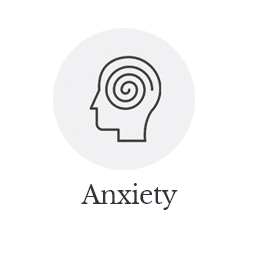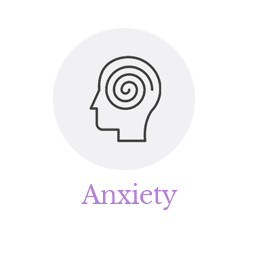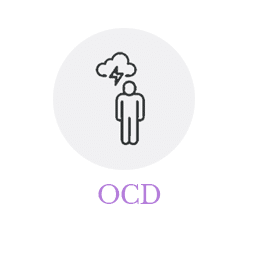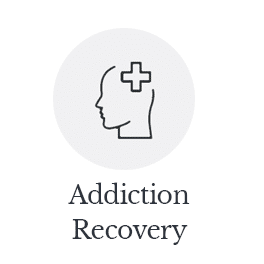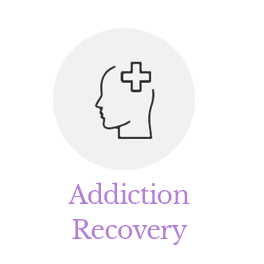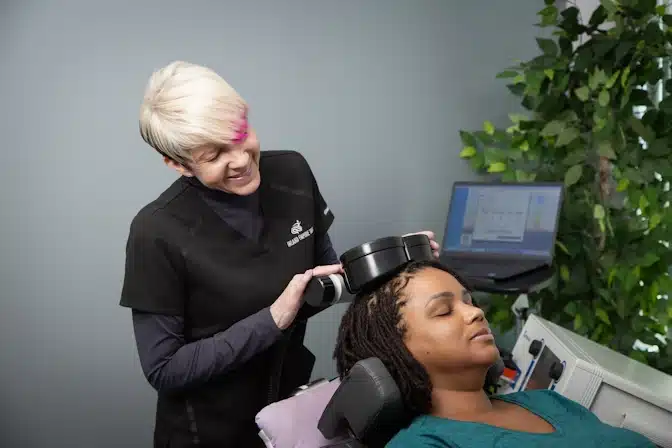Patients who struggle with depression, anxiety, or PTSD have several good treatment options available. While most patients are familiar with medication (antidepressants) and psychotherapy (also referred to as “talk therapy” or simply “therapy”), other treatments, such as transcranial magnetic stimulation (TMS) may not be as familiar.
We often speak with patients who are unfamiliar with TMS, the services offered at a TMS clinic, and how a TMS clinic differs from a psychiatry practice that does not offer TMS therapy. Let’s take a look at what TMS is, how it works, and what you can expect when you come to Inland Empire TMS for treatment.
What is TMS?
Transcranial Magnetic Stimulation, or TMS, is an FDA-approved treatment for depression that uses magnetic impulses delivered to targeted areas of the brain. These impulses stimulate areas of the brain that are underactive in people with depression. Unlike medication, which affects your entire body, TMS targets the brain directly, making it an excellent option for patients who haven’t had success with antidepressants or prefer not to take medication due to side effects.
TMS is an extremely safe, well-tolerated depression treatment. It is especially recommended for people who have not responded to other treatments, such as antidepressants. Because TMS uses the body’s own healing properties to treat depression, many patients prefer TMS over other approaches.
What Can I Expect at a TMS Clinic?
Visiting a TMS clinic, like Inland Empire TMS in Murrieta, will feel very similar to visiting a psychiatrist or other medical professional. After checking in at the front desk, you will be asked to complete mental health assessments. These standard diagnostic tools help your provider determine the severity of your depression, anxiety, or PTSD.
One of the benefits of visiting Inland Empire TMS for depression treatment is that you will also receive an EEG brain mapping diagnostic, in addition to the depression assessments. This provides a direct view into electrical activity in the brain and depression, anxiety, PTSD, bipolar disorder, ADHD, and other brain disorders can be seen in the visual pattern. The EEG scan is an additional diagnostic tool that assists your provider in making a more accurate diagnosis.
Once the psychiatric evaluations are complete, your provider will use this information to create a care plan unique to your specific condition. Your care plan may include medication management, therapy, lifestyle changes, or TMS therapy.
What Happens During a TMS Session?
Before your first TMS session, we will perform a process called “mapping,” during which we identify the precise area of your brain to target. This involves placing the TMS device against different parts of your scalp while delivering gentle magnetic pulses. This process accounts for slight variations in brain structure across individuals and ensures your treatment is ideally targeted.
Once mapping is complete, you will begin your treatment sessions. During treatment, you sit comfortably in a chair while the TMS delivery device is positioned on your head. The machine will deliver magnetic pulses, which may feel like a gentle tapping sensation on your scalp. Most patients describe the experience as mild but not uncomfortable.
TMS sessions last 20 to 30 minutes and you are attended the entire time by a TMS technician. Your TMS tech ensures correct positioning of the device throughout treatment, while also ensuring your comfort during treatment.
TMS treatments are usually scheduled five days a week for six weeks. Regular, consistent delivery of TMS is key to treatment success. Similar to going to the gym to work your physical body, you see a better result in a shorter time period if you are consistent in attending your TMS sessions.
Working TMS into a Busy Schedule
Even though TMS requires a daily treatment session, patients generally find it easy to work TMS into their daily schedule. Because TMS sessions are an in-office procedure of half an hour or less and require no preparation time, it is easy to get in and out and on with your day.
Patients are fully alert during treatment so there are no restrictions on driving or returning to work immediately following TMS treatment sessions.
When to Expect Results from TMS
As your treatment progresses, we will closely monitor your progress and adjust your treatment plan as needed. We continue to perform weekly diagnostics using EEG and the standard mental health assessment tools. This provides a continuous record of progress throughout your sessions.
Typically we see improvement on the diagnostic metrics before patients begin to feel a difference themselves. Many patients start to notice a significant improvement in their symptoms around the fourth week of treatment and continue to improve throughout the remaining sessions.
Because depression affects everyone differently, your experience with TMS will be unique to you. Some patients experience a gradual lifting of their depressive symptoms, while others notice a more sudden change in their mood and energy levels. Don’t be discouraged if it takes some time for improvement. Give it time. Depression takes time to develop and takes time to dissipate.
Is TMS Right for You?
If you’ve been living with depression, anxiety, or PTSD and have tried other treatments without success, TMS may be the breakthrough treatment for you. TMS has a strong track record of helping patients who have tried numerous other treatments without finding relief. We have seen the result first-hand in many of our own patients.
At Inland Empire TMS, we are committed to providing you with the highest quality care and the most advanced depression treatment available. We understand that seeking treatment for depression can be daunting, but we are here to support you every step of the way.
If you’re ready to explore TMS and discover how it can help you on your journey to recovery, reach out to us today to schedule a consultation and get started on your path to healing!

